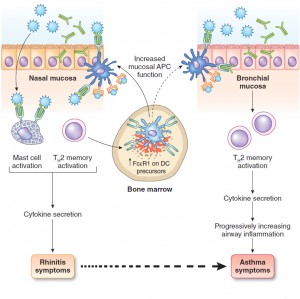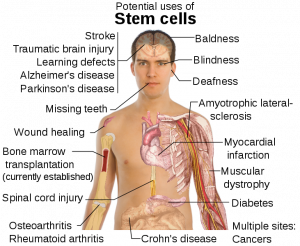Abciximab was used in conjunction with the intervention when deemed clinically indicated
Troponin T and CK-MB were measured in a nonrandomized, nonconsecutive cohort of patients (n = 57) during the period of September to November 2000. Patients were referred for elective coronary angiography and PCI with the diagnosis of progressive symptomatic coronary artery disease. Thrombolysis in Myocardial Infarction (TIMI) grade coronary artery blood flow was established in all patients. Troponin T and CK-MB were measured at 2 h, 4 h, 8 h, and 12 to 20 h (mean ± SEM, 17.9 ± 0.46 h) postprocedure.
Abciximab was used in conjunction with the intervention when deemed clinically indicated. The dose was 0.25 mg/kg IV followed by 0.125 pg/kg/min for 12 h after PCI. All patients received aspirin (325 mg) before the intervention, and patients receiving stent implantation received clopidogrel (375 mg) prior to stent placement. Subsequently, peak biomarker levels were determined at each time interval. Any increase in cTnT > 0.03 ng/mL (the value at which the coefficient of variability of the assay is < 10%)12 and CK-MB > 6.2 ng/mL was defined as a clinically significant elevation. Troponin T assays were performed using highly sensitive and precise third-generation assay. The cTnT assay has a coefficient of variability of 10% at a value of 0.035 ng/mL and 20% at 0.015 ng/mL.
The limit of detection is < 0.01 ng/mL. Fifty-six percent of these patients received IIb/IIIa inhibitor therapy in association with the procedure, and 39% were stented without IIb/IIIa inhibitor. Four of the 57 patients (7%) were treated with percutaneous transluminal coronary angioplasty (PTCA) only therapy; of these, 1 patient received abciximab. Twenty four of 57 patients demonstrated cTnT elevations, with the majority receiving stent placement (92%) and abciximab (75%). Fourteen of 57 patients demonstrated elevations in CK-MB, with all patients receiving stents and 86% treated with abciximab.
Fourteen of 57 patients demonstrated elevations in CK-MB, with all patients receiving stents and 86% treated with abciximab. Postprocedure cTnT elevations were detected in 42% of patients. Of these, no patients demonstrated peak cTnT levels by 2 h after PCI. One of the 24 patients (4%) had peak cTnT elevation at 4 h after PCI (3.14 ng/mL), 3 of 24 patients (12.5%) had peak cTnT at 8 h after PCI (1.73 ± 0.48 ng/mL), and 20 of 24 patients (83%) had peak cTnT at 12 to 20 h (mean, 18 ± 0.5 h) after PCI (0.22 ± 0.06 ng/mL). The differences in cTnT levels late (12 to 20 h) were often substantial (range, 0.02 to 1.14 ng/mL; mean difference, > 0.1 ng/mL).




